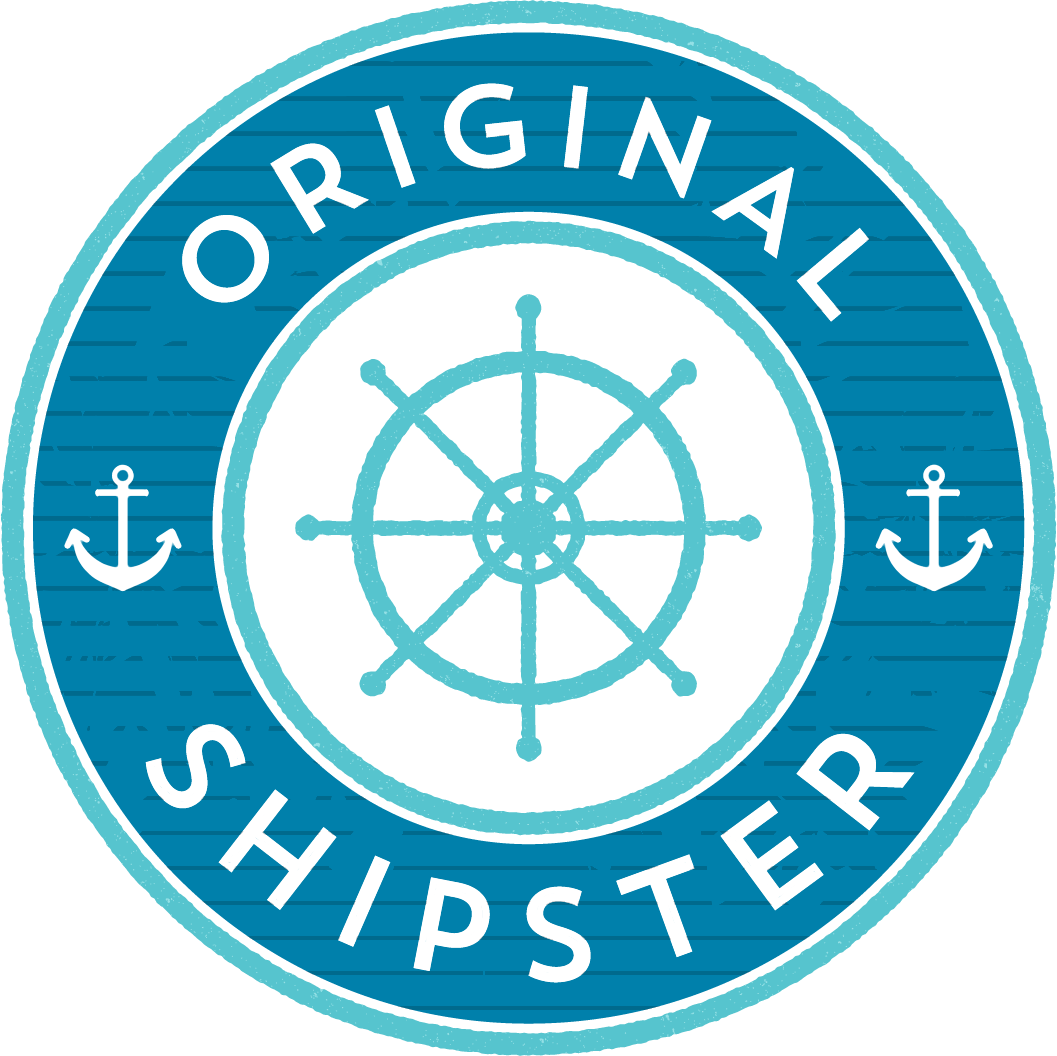Over the Waves: Stern-wheeler Victoria
The May 24th Long Weekend is one of my favourite holidays. Over time, the focus has shifted from celebrating the birthday of Queen Victoria to celebrating the arrival of summer, but one thing has remained the same - it's a chance for people to get out and enjoy the first of the summer weather! This sentiment certainly isn't new, but not every May 24th has ended a happy one. In 1881, this holiday was marred with one of the worst tragedies that London, Ontario has ever suffered. Today, we're looking at the story of the Victoria.
Nationality: Canadian
Length: 21.3 metres
Capacity: 400
In the late 1870s, Londoners found themselves spending more and more time at a local area called Springbank Park. On the shores of the Thames River in Ontario, it was the perfect spot for tourists and locals alike to stroll, picnic, and play. Seeing this increase in popularity, local steamboat companies hurried to construct vessels to meet this new demand. With the increase in speed of manufacturing, safety was definitely skipped and ill-constructed vessels were launched into the water. The worst of these was the stern-wheel steamship, Victoria.
Built solely with the purpose of "Get from A to B" in mind, the Victoria joined other steamboats in shuttling passengers from London to Springbank Park, and back again. On Queen Victoria's 62nd Birthday, May 24 1881, she found herself particularly swamped with passengers trying to get home on the last trip. Although her initial construction had her designed to carry around 400 passengers she pulled away from the dock at around 6:00pm with 650 souls standing on her decks.
As Captain Donald Rankin began to sail his ship down the river, he immediately noticed a problem. The boat rested low in the water, causing water to creep into her holds. On top of this, as his passengers moved back and forth along the deck, the ship began to rock. The Captain asked his passengers to try and stop moving along the decks, but the situation continued to deteriorate. He decided the best option was to try and beach the ship on a nearby sandbar, because there was no way that she was going to make it to the dock in London.
Here's where you have two versions of the story. In one version another ship, the Princess Louise allegedly sails by and the crowd scrambles to take a look. In another two members of the London City Rowing Club see the steamer and decide to try and race it in their scull. Whatever the version, the outcome is the same - the crowd runs to one side of the ship to see the action, and the ship tips dangerously under the weight. In an effort to correct the roll, some of the passengers try to move to the other side of the deck, but it's too late. A boiler rolls from its supports and falls overboard, but not before crashing through one of the supports for the upper decks awning. That collapses onto the second deck as the ship continues to roll, trapping many of the struggling passengers as they try to escape.
What happens next is shocking. Many of the women are weighed down by their now water-logged skirts, resulting in them drowning. Those who can swim try to make it to shore, but many perish on the way - some within 3m of the shallows. Even though the water at the wreck site is only 5m deep and there are other vessels nearby trying to help, the death toll is reported to be a staggering 182 souls (though some estimates list it at 200).
As tends to be the case with disasters such as these, there is a revision to the standards under which ships are inspected. The previous Steamboat Inspection Act of 1859 didn't give its inspectors the power to restrict the amount of passengers that could be carried by a vessel, nor could the inspector directly interfere with the loading and management of the vessel in question. Following the disaster of the Victoria, the Steamboat Inspection Act of 1882 is passed. This allows fines to be imposed on any master or ship owner who is found carrying more passengers than allowed, and designates a specific class of inspector for equipment and hulls of the vessels. In the following decade, this Act results in numerous fines being inflicted on those caught in violation, but no disaster of that calibre ever occurred again in these waters.
